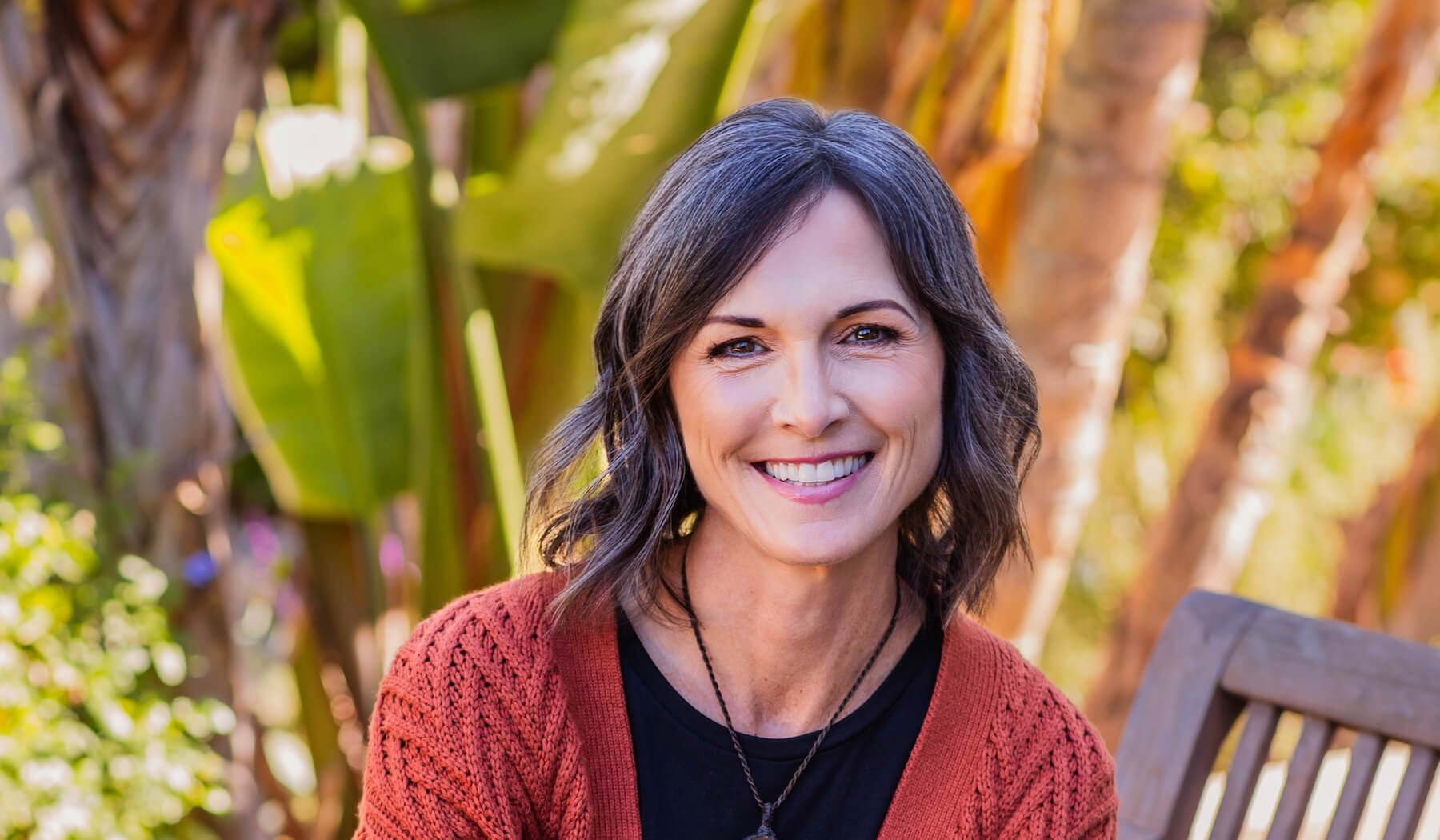Parents Should Know the Risks of This Common Ingredient
Rethinking Easter Baskets: A Healthier, Happier Spring for Our Kids
Spring is here—happy spring! And with it, the store aisles are blooming with pastel-colored candies and treats, all ready to be tucked into Easter baskets. But as I walked past those shelves recently, it got me thinking about what we’re really putting in those baskets for our kids.
We often assume that kids can eat anything—they’re young, their bodies bounce back, right? But the truth is, children are actually more vulnerable than adults to many of the chemicals found in processed foods. Their developing systems are especially sensitive, and one of the biggest culprits hiding in plain sight: artificial food coloring.
Take jelly beans, for example—arguably the number one treat in Easter baskets. They're packed with synthetic dyes like Yellow 5, Red 40, Blue 1, and Yellow 6. And those beloved marshmallow Peeps? If they’re yellow, that’s more Yellow 5.
So, Why Should You be Concerned About Artificial Food Coloring?
Artificial food dye consumption has increased by 500% in the last 50 years, and children are the biggest consumers. These commonly used food dyes are made from petroleum and are responsible for the bright colors of candy, sports drinks and baked goods and I’m seeing them all around the grocery stores right now for Easter or spring baskets. Many dyes have been banned because of their adverse effects on laboratory animals. However, reports still find that several of the nine currently FDA-approved dyes continue to raise health concerns.
Research is increasingly showing that these synthetic food dyes aren’t just harmless decoration. They can alter our gut microbiome, potentially metabolize into more toxic compounds, and even impact brain function. In fact, many of these additives are known neurotoxins—linked to behavioral issues and other health concerns.
Unfortunately, in the U.S., these findings haven’t been fully addressed by regulatory agencies like the FDA. But that doesn’t mean we don’t have power—we do, through the choices we make every day.
Healthier Alternatives Are Out There
The good news is that more and more brands are creating candy and drinks using natural colorings made from fruits and vegetables—ingredients that not only avoid harmful effects, but actually nourish our bodies.
One great example is Black Forest gummy bears, which are colored with fruit and vegetable juices. Even sports drinks, which are often loaded with artificial dyes (looking at you, Gatorade), have better options. You can opt for clear versions, or try brands like Body Armor, which uses natural colorings like beta carotene.
Educating Our Kids
If your child complains about the change, take it as a teachable moment. Talk to them about how food affects their bodies—it's arguably more important than learning their ABCs. Helping kids understand what fuels them can empower them to make healthier choices as they grow.
Think Outside the Basket
When it comes to building Easter or spring baskets, it doesn’t have to be all about the candy. Think creatively! You can include:
Sports gear
Fun books
Swimwear or flip-flops
Sun hats and sunscreen
Small toys or crafts
And if you do include treats, aim for smaller portions. Choose a mini chocolate bunny instead of the oversized one. Fill plastic eggs with stickers or coins instead of just sweets. Look for naturally colored candies, and make it a balance of fun and wellness.
Vote With Your Dollar
Ultimately, the biggest way we can influence the food system is through what we buy. Demand drives production. Choosing products made with organic, healthy, and planet-friendly ingredients sends a powerful message to the companies shaping our food supply.
So this spring, let’s build baskets that support our kids’ health, honor our planet, and still deliver plenty of joy.
Wishing you and your family a happy, healthy Easter season. Be well, and see you soon!
About the Author: Norma Flood, Integrative & Functional Nutritionist
Norma Flood is a Registered Dietician Nutritionist guiding adults and teens to better brain balance and gut health. Holding a Master of Science in Nutritional Sciences, she is recognized as one of San Diego’s top Integrative and Functional Nutritionists. With a deep commitment to holistic well-being, Norma provides personalized health counseling and applies functional nutrition therapy to effectively support digestive health, mental health, and eating disorder recovery. She offers both in-person and group counseling as well as online education. Follow Norma Flood on YouTube as she shares small, easy steps that you can take each day to support better gut health and mental health using an integrative and functional approach.

